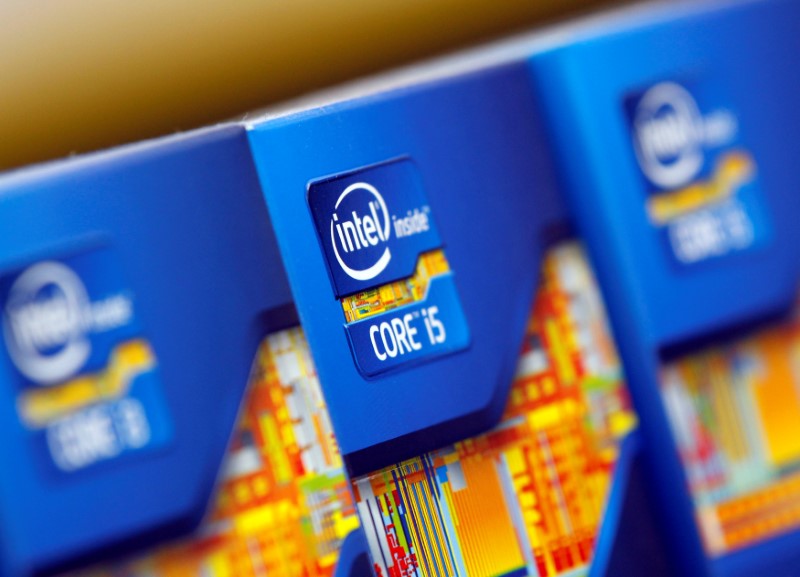Quiver Quantitative - Intel (NASDAQ:INTC) (INTC) and Advanced Micro Devices (NASDAQ:AMD) (AMD) experienced stock declines following a report that China plans to curtail the use of American microprocessors in government computers. The Financial Times detailed that under new guidelines, chips from these U.S. companies will gradually be replaced by local alternatives. This policy shift, effective from December 2022, also aims to substitute software provided by U.S. firms, including Microsoft (NASDAQ:MSFT) (MSFT), with domestic options. However, some leeway currently exists for government agencies and state-owned enterprises regarding the purchase of foreign processor-powered computers.
This development is part of China's broader strategy to reduce its reliance on foreign technology, especially within its critical sectors. In a significant push towards technological self-reliance in 2022, China instructed its central government agencies and state-owned companies to switch from foreign-branded personal computers to domestic brands within two years. This policy shift is a direct challenge to U.S. technology companies like Intel, AMD, and Microsoft, signaling China's commitment to enhancing its own technological capabilities.
Market Overview: -Intel and AMD stocks dropped on Monday. -Financial Times reported China's new guidelines restricting US chips and servers in government computers. -Sell-off ensued, with Intel down 2.9% and AMD slipping nearly 1% pre-market.
Key Points: -China's new procurement guidelines aim to: -Limit US-made microprocessors and servers in government computers. -Promote domestic alternatives, reducing reliance on the US for core technology. -The guidelines propose replacing US chips with domestically produced ones. -Software giants like Microsoft may face limitations within Chinese government agencies. -Some flexibility may exist initially, allowing for continued procurement of foreign-made computers under specific circumstances. -This action aligns with China's broader strategy of technological self-sufficiency. -Similar directives targeted foreign PCs in government entities and state-owned enterprises in 2022.
Looking Ahead: -Impact on Intel, AMD, and the semiconductor industry remains unclear. -Analysts expect a gradual shift towards local players in China, potentially impacting US chipmakers' sales. -Unclear timeline for the transition and the extent of limitations on foreign software. -Escalating US-China tech war raises concerns about: -Disruptions to global supply chains. -Uncertainties for chipmakers worldwide. -Potential US blacklisting of Chinese semiconductor companies could: -Further fuel tensions. -Lead to retaliatory measures.
The response from the U.S. to China's growing technological autonomy has been marked by efforts to limit China's progress in critical areas such as artificial intelligence and semiconductor manufacturing. Recent reports from Bloomberg suggest that the U.S. is considering blacklisting several Chinese semiconductor companies connected to Huawei Technologies Co. This move is indicative of the escalating tech rivalry between the U.S. and China and represents a further tightening of restrictions on Chinese technology firms.
In light of these developments, the tech industry is navigating an increasingly complex global landscape, where geopolitical tensions are profoundly influencing market dynamics. The decisions made by China and the U.S. in this domain not only affect global technology supply chains but also set the stage for future international collaborations and competitions in the tech sector.
This article was originally published on Quiver Quantitative
